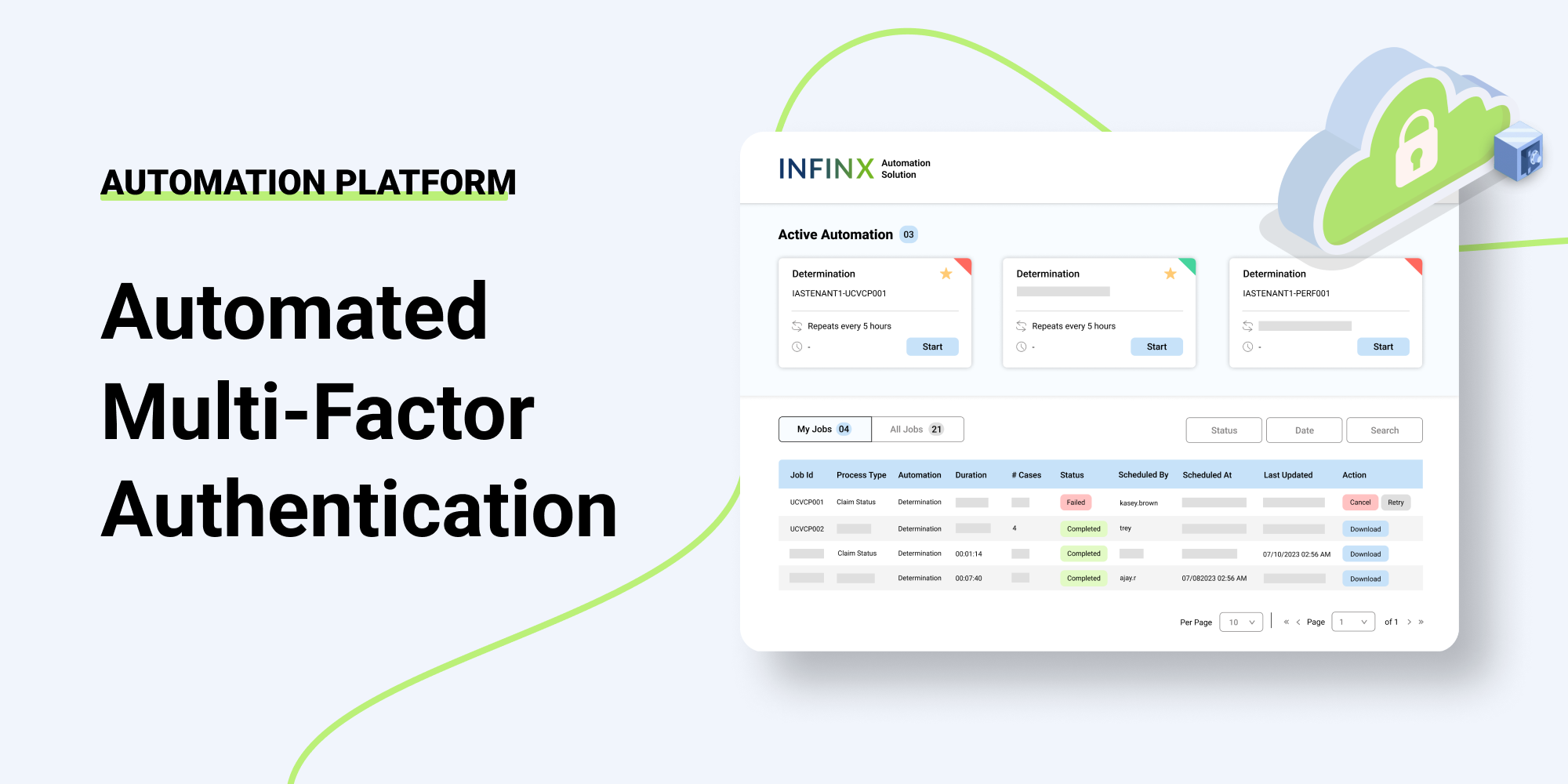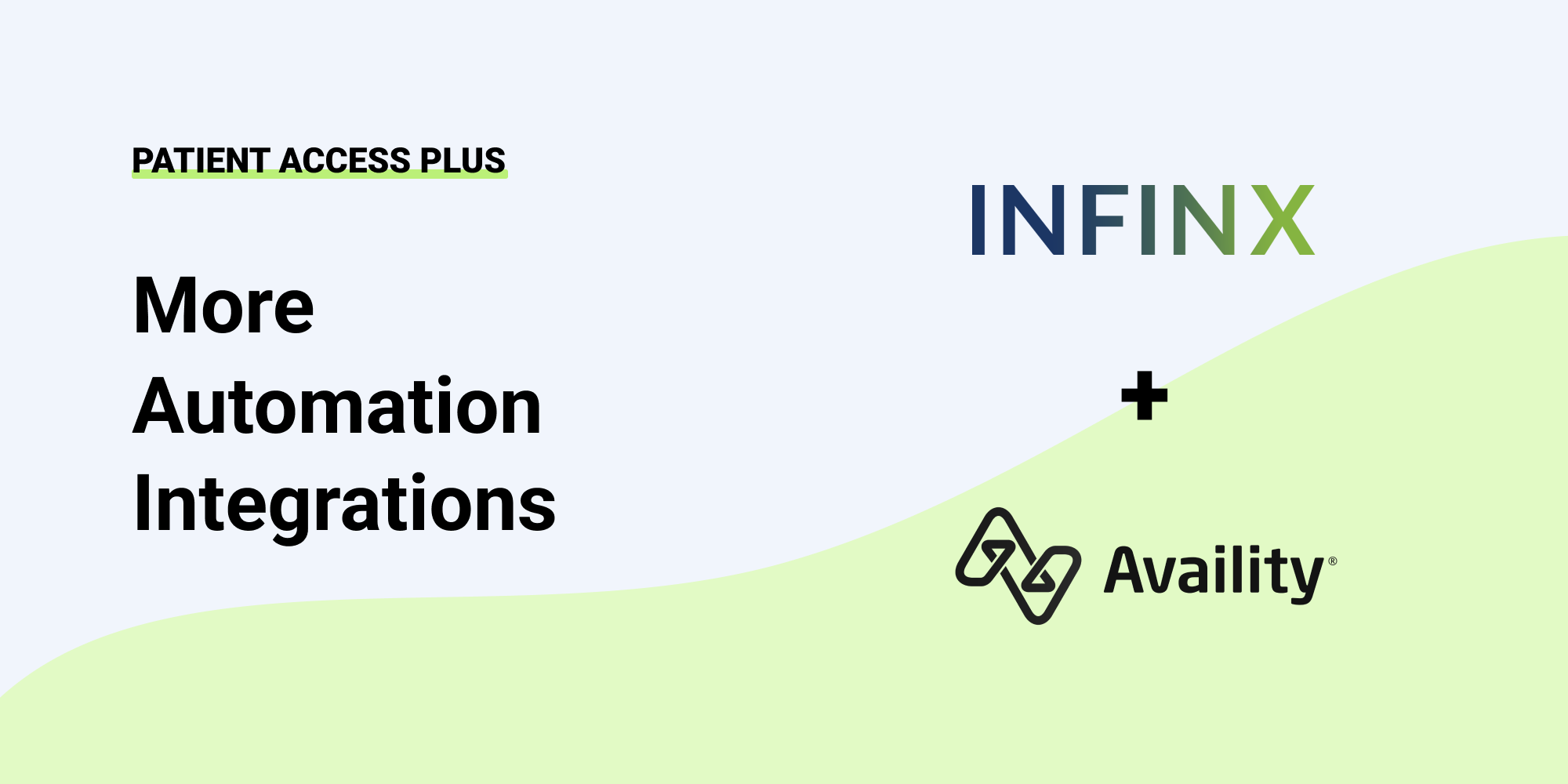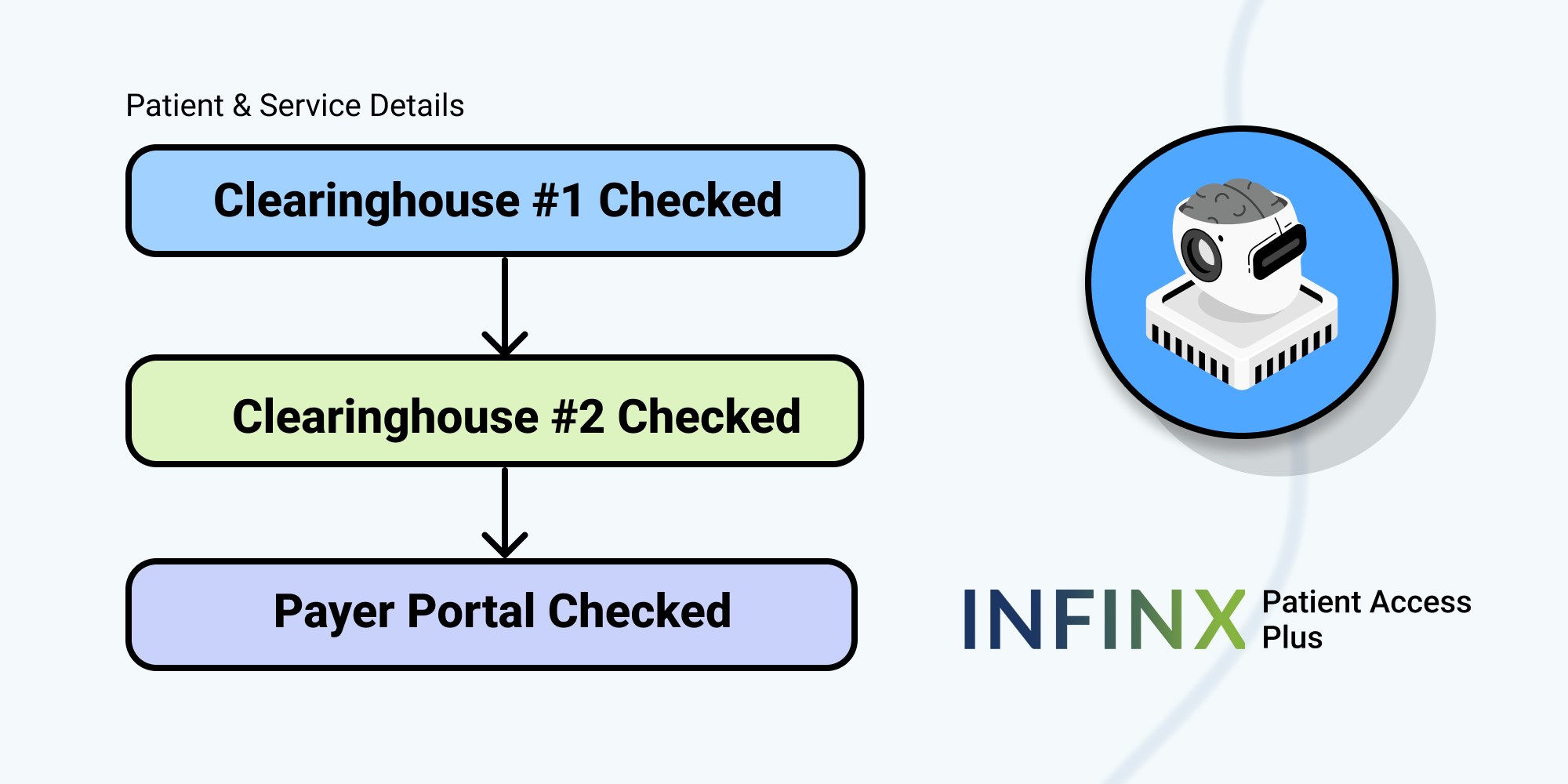As elective surgeries resume and hospitals begin to operate at full capacity, patient access, and revenue cycle management functions that tend to be problematic will again be an issue. Unless your organization has used the recent shift in focus brought with COVID-19 to upgrade financial systems, results will be the same.
With portions of the payment lifecycle still managed manually, organizations rely on human intelligence to be solely responsible for staying abreast of the massive, ongoing changes that occur within the complex third-party payer system. By enlisting artificial intelligence (AI) and machine learning technology, hospitals can tame the repetitive tasks while using current, up-to-date information.
Problem Billing Issues in the Hospital Payment Lifecycle
Looking at several individual areas in the overall lifecycle, it’s possible to envision the revenue improvement potential brought by advanced technology and tech-enabled automation.
Issue #1 — Getting Patient Care Authorized Through Insurance Payers
Much of the care provided by hospitals require prior authorization (PA) approval from the patient’s insurance provider. From inpatient hospitalizations to advanced imaging procedures and lab testing to most surgeries, insurance payers are using PAs to control costs and manage the care provided.
For hospitals, utilizing an AI-driven PA solution would greatly reduce the time necessary to complete each request and ensure that they are done accurately.
Utilizing machine learning capabilities and predictive analytics technology, information is obtained from insurance payer clearinghouses, approvals submitted, and results monitored 24/7. Should there be an emergent need or a PA requiring complex handling, specialists are available to manage those with precision.
Issue #2 — Collecting the Patient Portion Due Before Arrival
Before the patient arrives, the PA should be in place, but an accurate estimate should be prepared and the outstanding about due collected. With more patients participating in High Deductible Health Plans, it has become imperative to collect those amounts before providing care since annual maximums can be overwhelming for patients.
According to the Centers for Medicare & Medicaid Services (CMS), consumer households were responsible for 28.4% of the total National Healthcare Expenditure (NHE) of $3.6 trillion in 2018. CMS further noted that those figures were expected to climb on average by 5.5% per year and, following the COVID-19 health crisis, this figure is expected to grow.
In fact, the optimum solution may be a fully integrated patient access solution that offers PAs, insurance verification, benefits eligibility, and patient portions due all in one package that interacts with the organization’s medical records/billing system.
Issue #3 — Staying on Top of Denied Claims
With the number of hospital claims being denied for a variety of reasons and more than half of those being left to languish unresolved, finding a repeatable, successful solution is key in these times of declining margins and shifting care criteria.
As part of a comprehensive AR management process, systematically processing claim denials through advanced automation and AI-driven technology would ensure revenue capture of those amounts that have too often been abandoned. With a tech-enabled solution remedy, the focus can be on resolvable claims with follow-up processing 24/7.
Issue #4 — Finding Satisfactory Resolution for Uncollectible Bad Debt
Once the claims have been submitted, and all AR efforts have been exhausted, hospitals are left with the uncollectible bad debt. Usually left from emergency care or diversion transfers, the portion earmarked for collections, or to be written off as charitable care or bad debt. But what if there was a solution that found reimbursement for this undesirable problem.
Insurance discovery brings AI-supported automation to the bad debt conversation and tackles problems that may have originated when the patient first presented for treatment.
In the complex world of healthcare reimbursement and insurance coverage, hospitals rely on the information obtained from patients. Sometimes, through no fault of anyone, some omissions affect the amounts received.
With an AI-driven Insurance Discovery solution, previously unknown coverage can be detected and claims resubmitted with a 50% collection rate. The insurance discovery process works especially well with Medicaid and commercial payers, plus the value-added benefit to the patient unaware of the coverage.
It’s just a fact; margins are deflating. Today, inpatient organizations need to proactively engage in solutions to manage the entire hospital payment lifecycle and its problem billing issues. Using advanced automation and AI, solutions are far superior to existing processes and save time while increasing your cash flow.
Contact us to learn more about our hospital-based solutions using AI-driven technology.



